One of the most enduring myths about lions is that their roar can be heard more than five miles away. In reality, while a lion’s roar is incredibly powerful and can reach decibel levels of about 114, it typically carries only about five miles under ideal conditions. This myth likely stems from exaggerations in popular media and storytelling. The roar’s primary purpose is to communicate territory and power to potential rival prides and to keep family members in contact.
Tigers Have Perfect Night Vision
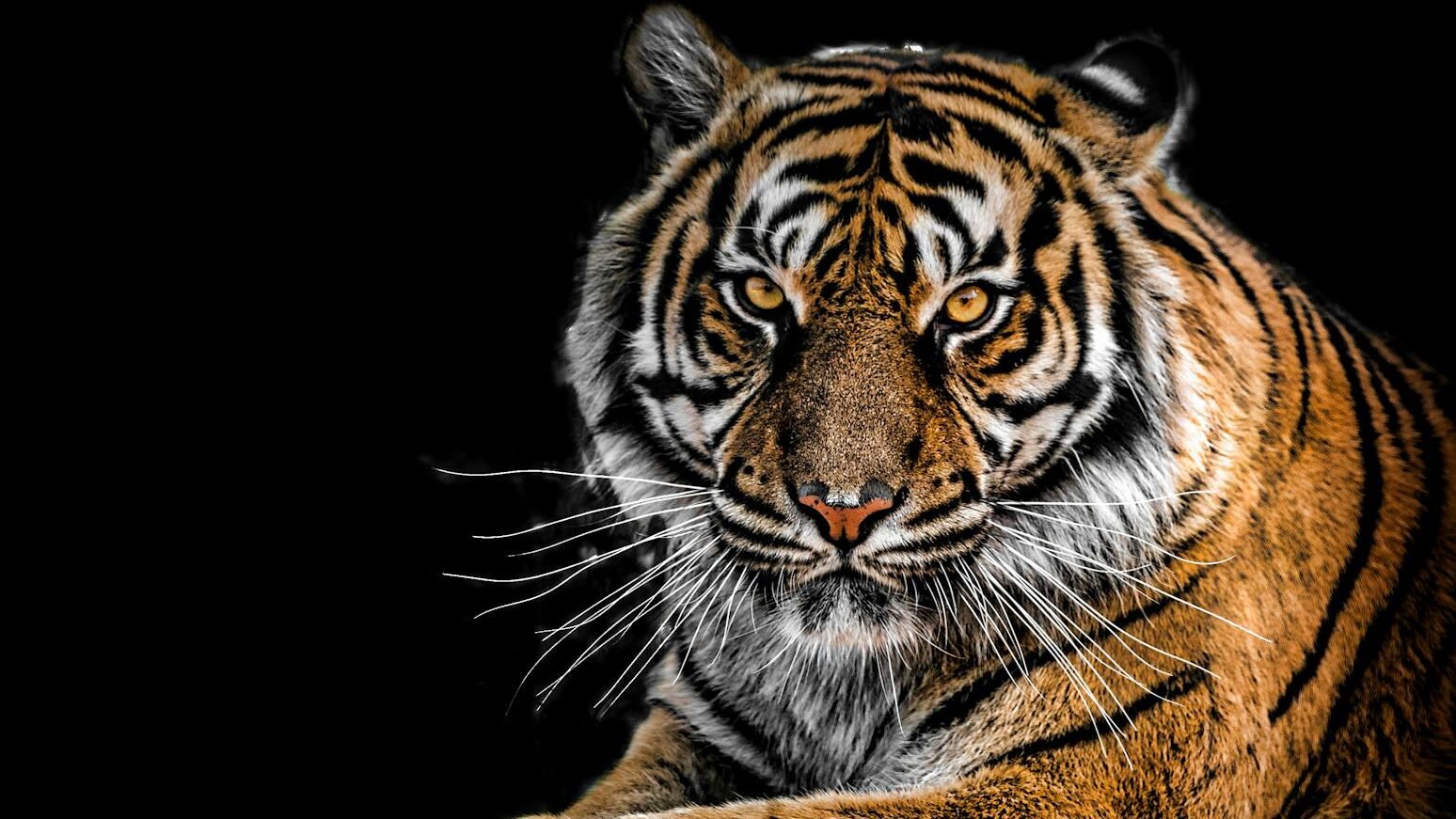
There is a common belief that tigers can see perfectly in the dark. While tigers, like many big cats, possess excellent night vision thanks to a structure in their eyes called the tapetum lucidum, which reflects light and enhances vision, they do not see perfectly. They see well in low light, approximately six times better than humans, but complete darkness still impairs their ability to see.
Cheetahs Are The Fastest Animals on Earth
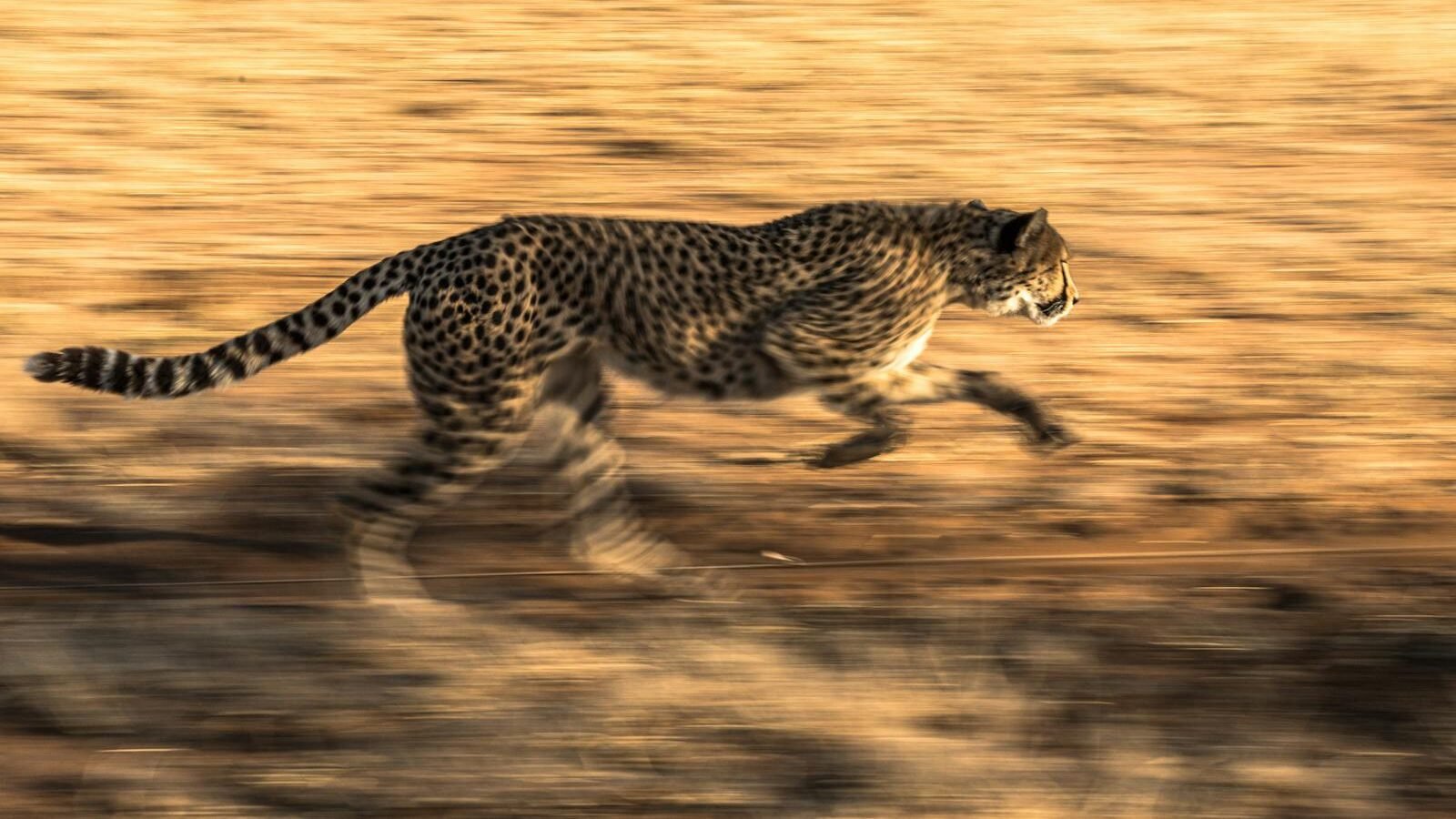
Photo by Bruno Almeida via Pexels
Cheetahs are renowned for their speed, often touted as the fastest land animals on the planet. However, this title is specifically for running, and cheetahs can reach speeds of up to 60-70 mph for short bursts covering distances up to 500 meters. When it comes to overall speed across different environments, falcons achieve greater speeds in the air, reaching over 240 mph during dives, debunking the myth that cheetahs are the fastest creatures across all categories.
Jaguars Only Live in Jungles

The portrayal of jaguars as jungle-exclusive creatures in popular media is misleading. Jaguars have a broad habitat range, including forests, swamplands, grasslands, and even scrublands across Central and South America. They are adaptable animals, capable of thriving in various environments, demonstrating their ecological versatility beyond the mythical jungle-based existence.
Leopards and Panthers Are Different Animals
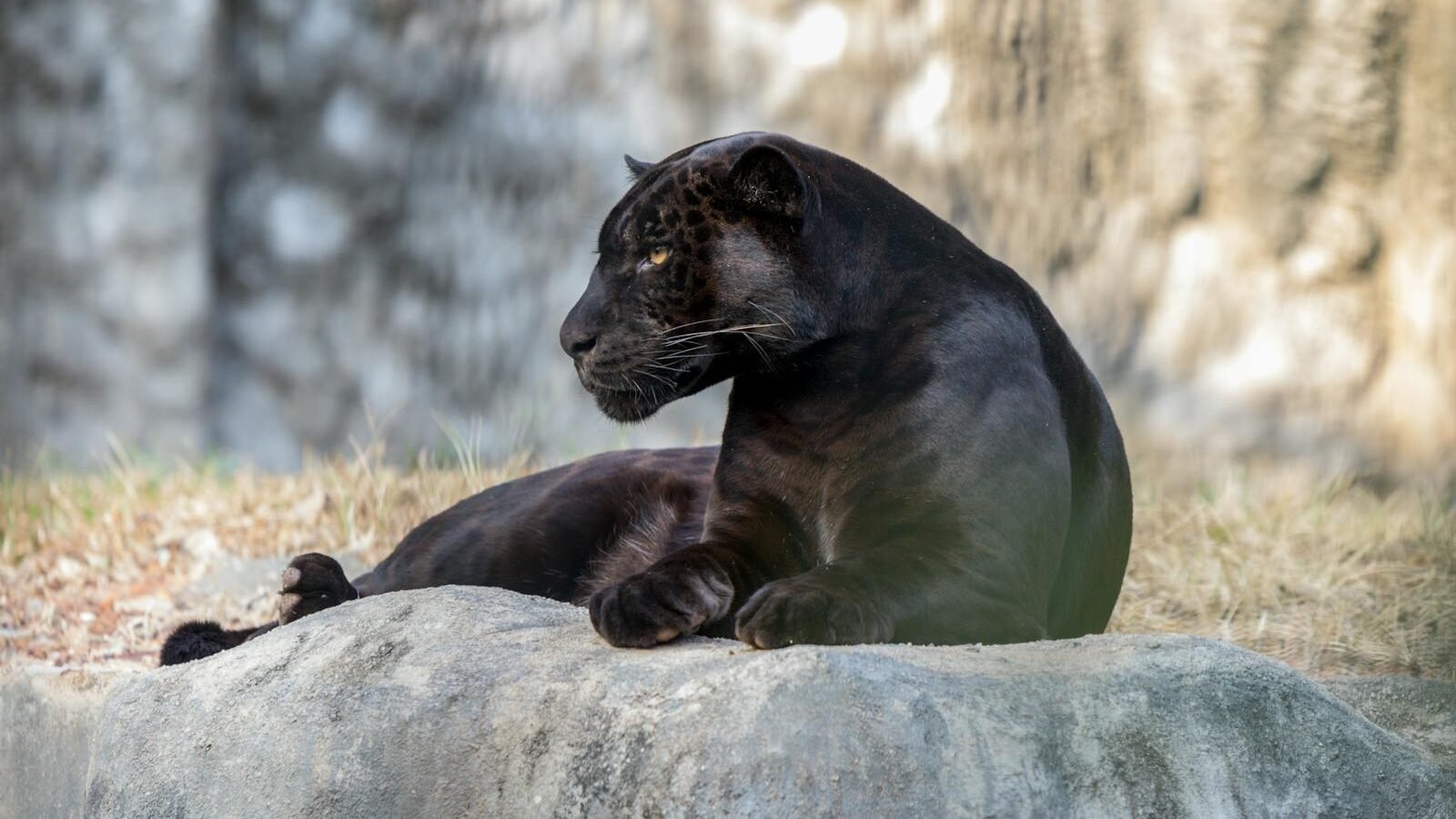
Photo by Denishan Joseph via Pexels
This myth stems from a misunderstanding of naming conventions. “Panther” is not a specific species but is often used as an umbrella term for big cats that include leopards, jaguars, and cougars (pumas). The term “black panther” refers specifically to leopards or jaguars with melanistic features (an excess of black pigmentation), demonstrating that they are indeed the same species adapted in different physical appearances.
Lions Are Fierce Lone Hunters
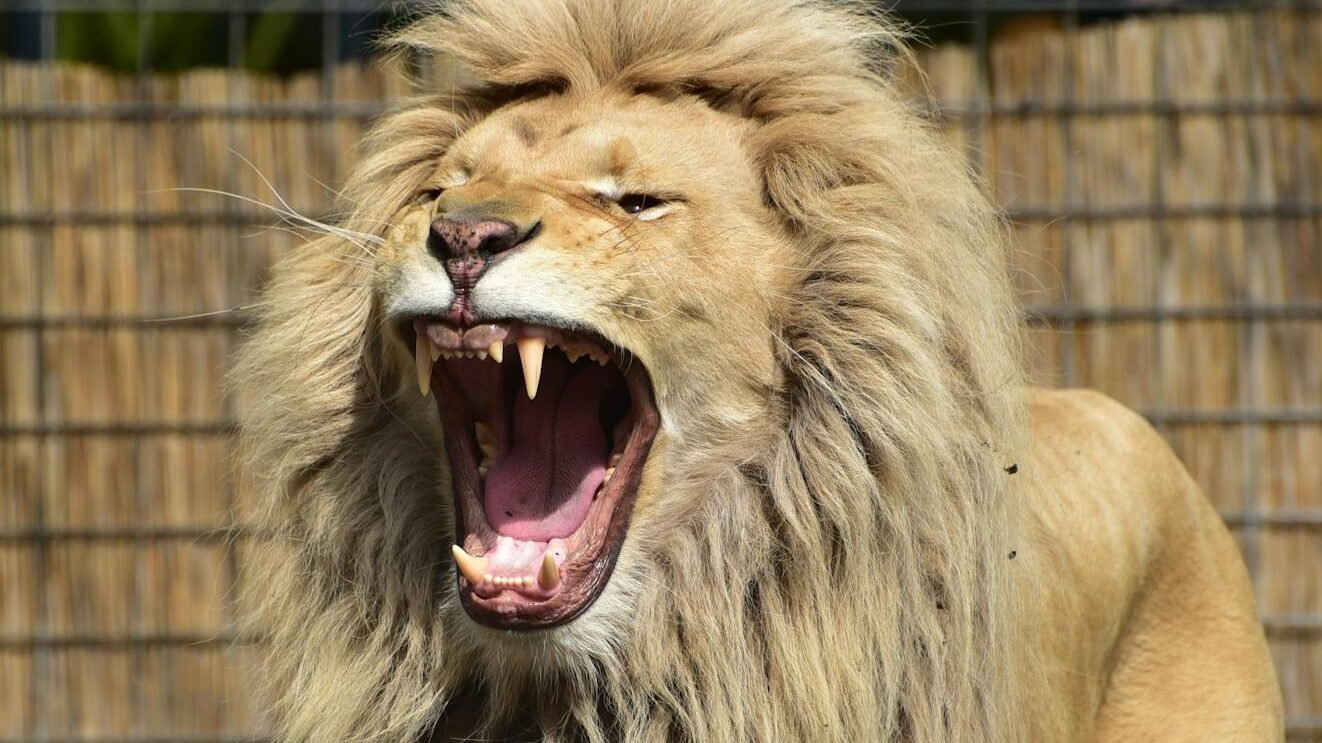
While male lions are often depicted as solitary hunters, in reality, it is the female lions (lionesses) who do the majority of hunting. Lions are actually social animals, living in prides, and they often hunt cooperatively, taking down large prey that would be difficult to tackle alone. This communal lifestyle is essential for their survival and success in the wild.
Big Cats Are Man-Eaters
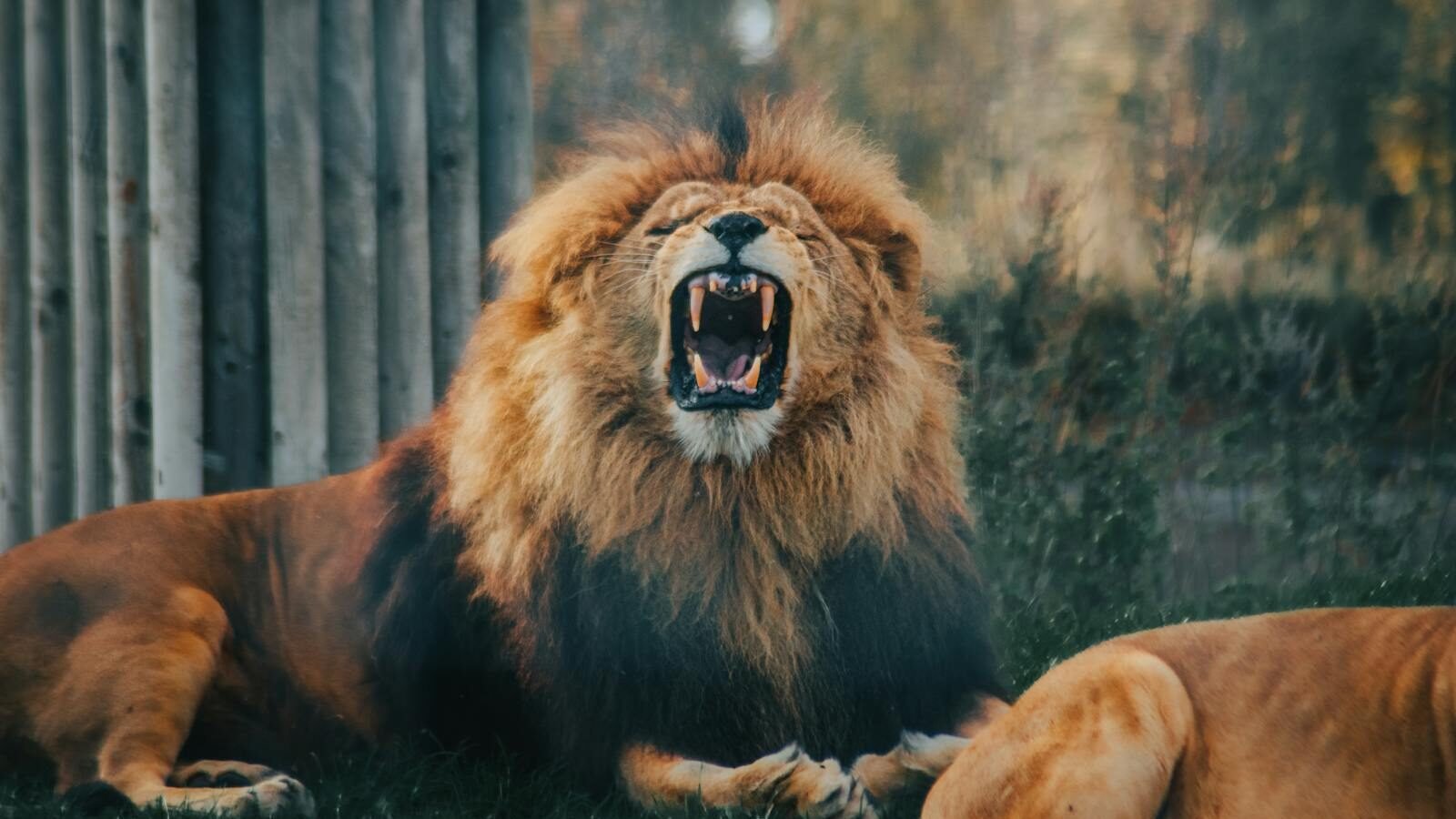
Photo by Lewis Ashton via Pexels
Big cats such as lions, tigers, and leopards have been depicted as voracious man-eaters in folklore and media. However, man-eating is not characteristic behavior for big cats, and such incidents are rare and often driven by specific circumstances, such as a scarcity of natural prey, injury, or habitat disruption. Most big cats avoid human interactions.
All Big Cats Can Roar

The ability to roar is not universal among big cats. Only lions, tigers, leopards, and jaguars possess the anatomical adaptations needed to produce a true roaring sound due to their specialized larynx and hyoid apparatus. Other big cats like cheetahs, lynxes, and snow leopards communicate with other vocalizations such as chirps or purrs.
Cats Are Emotionless Predators
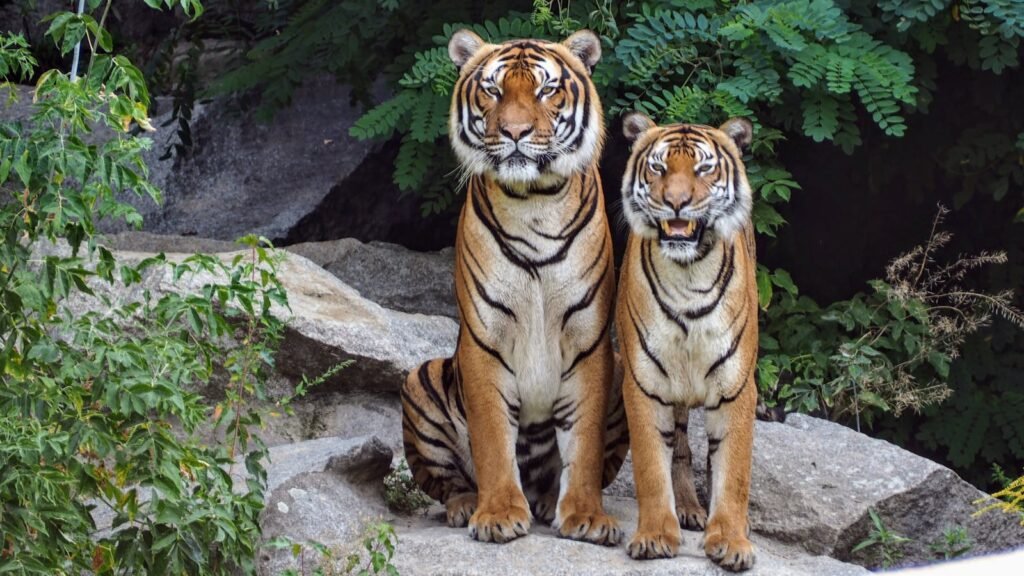
Photo by Thomas B. via Pexels
The myth of big cats as aloof and emotionless is gradually being debunked by behavioral science. Big cats exhibit a range of emotions and social interactions, including grooming, playing, and displaying affection within their social structures. They also grieve the loss of pride members or cubs, showing their complex emotional capacity.
Tigers Are Only Found in Asia
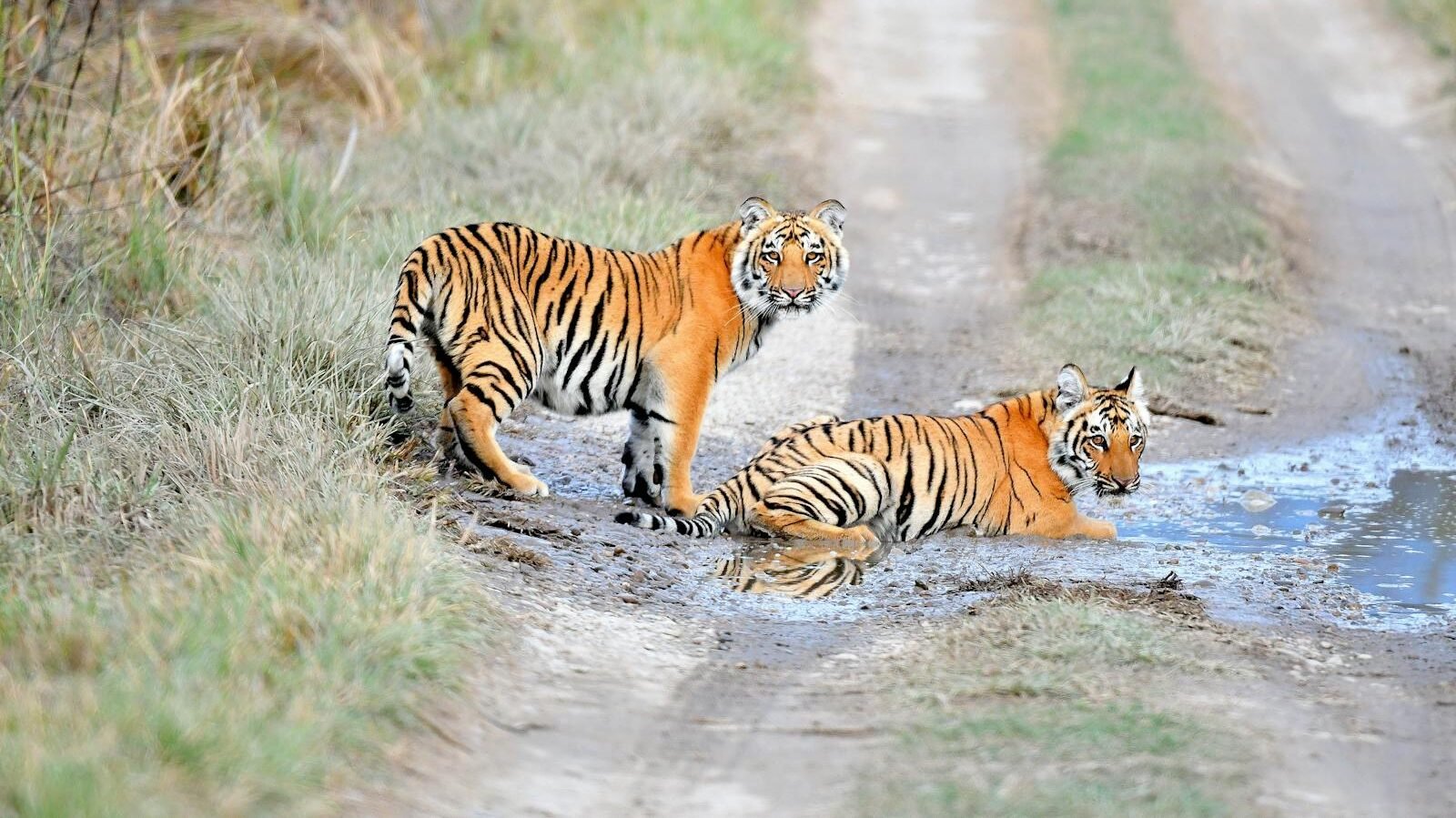
This misconception likely arises from the tiger’s strong association with Asia. While it’s true that wild tigers are native to Asia, their historical range included regions extending into parts of Europe and even the Near East. However, due to hunting and habitat loss, their current range is restricted to parts of Asia.
All Big Cats Have Stripes or Spots
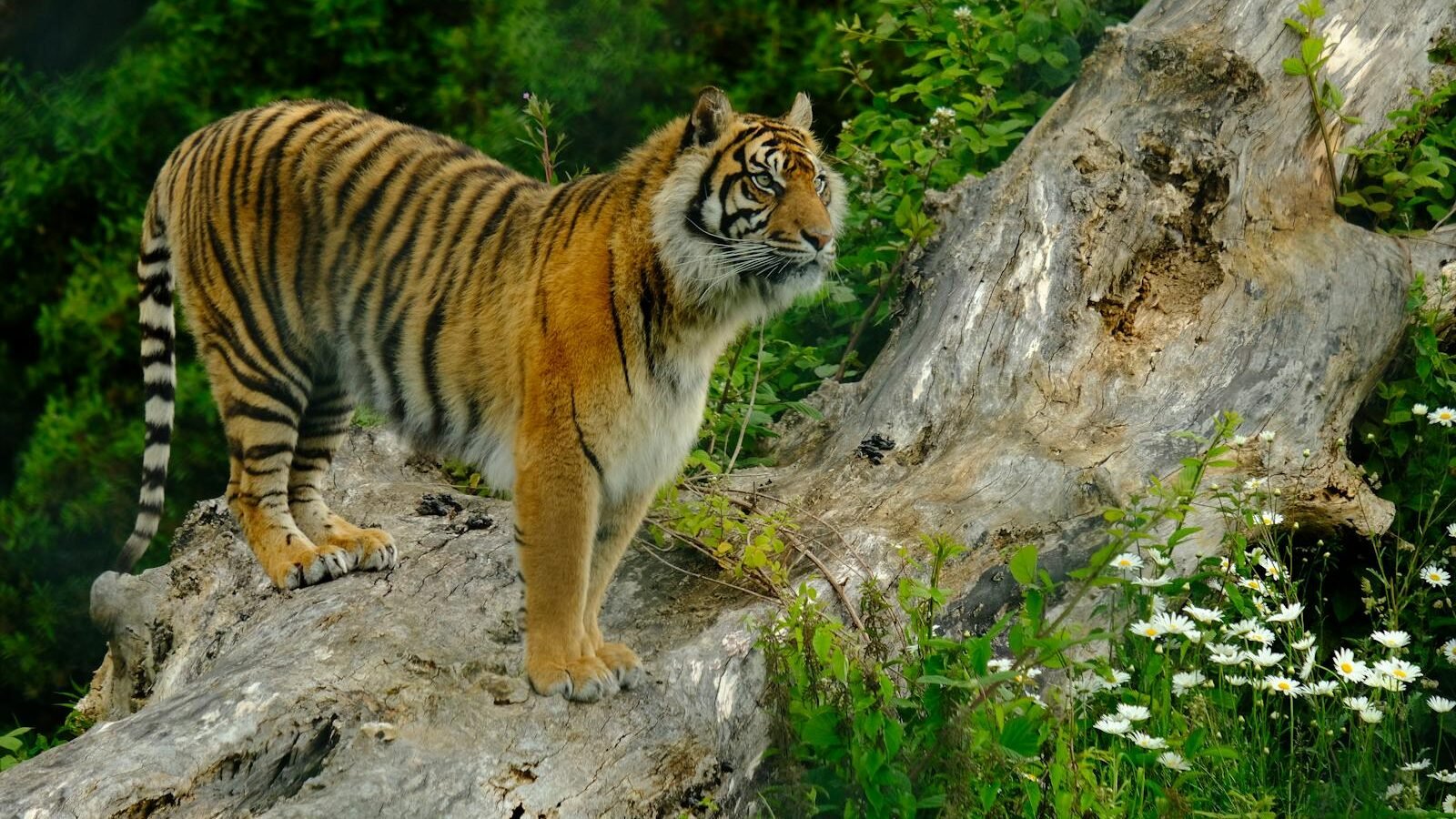
Photo by Fernando Soares via Pexels
Not all big cats sport the iconic stripes of tigers or the spots of leopards and cheetahs. Lions are typically a solid color, while pumas (also called cougars or mountain lions) are also without stripes or spots. These variations suggest an adaptation to different environments and hunting strategies, showing that big cats are not homogenous in appearance.
Big Cats Are Impossible to Train

Although wild big cats are not domesticated animals, they can be trained to some extent through positive reinforcement, especially in captivity. Training in zoos and sanctuaries is used to assist in their medical care and enrichment. While they remain inherently wild and unpredictable, trained behaviors can aid in their management and care.
These myths often arise from cultural stories, exaggerated traits in popular media, and misinterpretations of their behaviors. As science continues to study these magnificent creatures, our understanding deepens and myths are replaced with facts, giving us appreciation and insight into their true nature.

With over a decade of experience as a dedicated cat lover and enthusiast, I specialize in writing captivating content about all things feline. My expertise shines through in creating engaging and informative pieces that resonate with fellow cat lovers. As a proud cat parent to my beloved Duston, my personal connection to the world of cats adds authenticity and warmth to my work, making it relatable and heartfelt.






